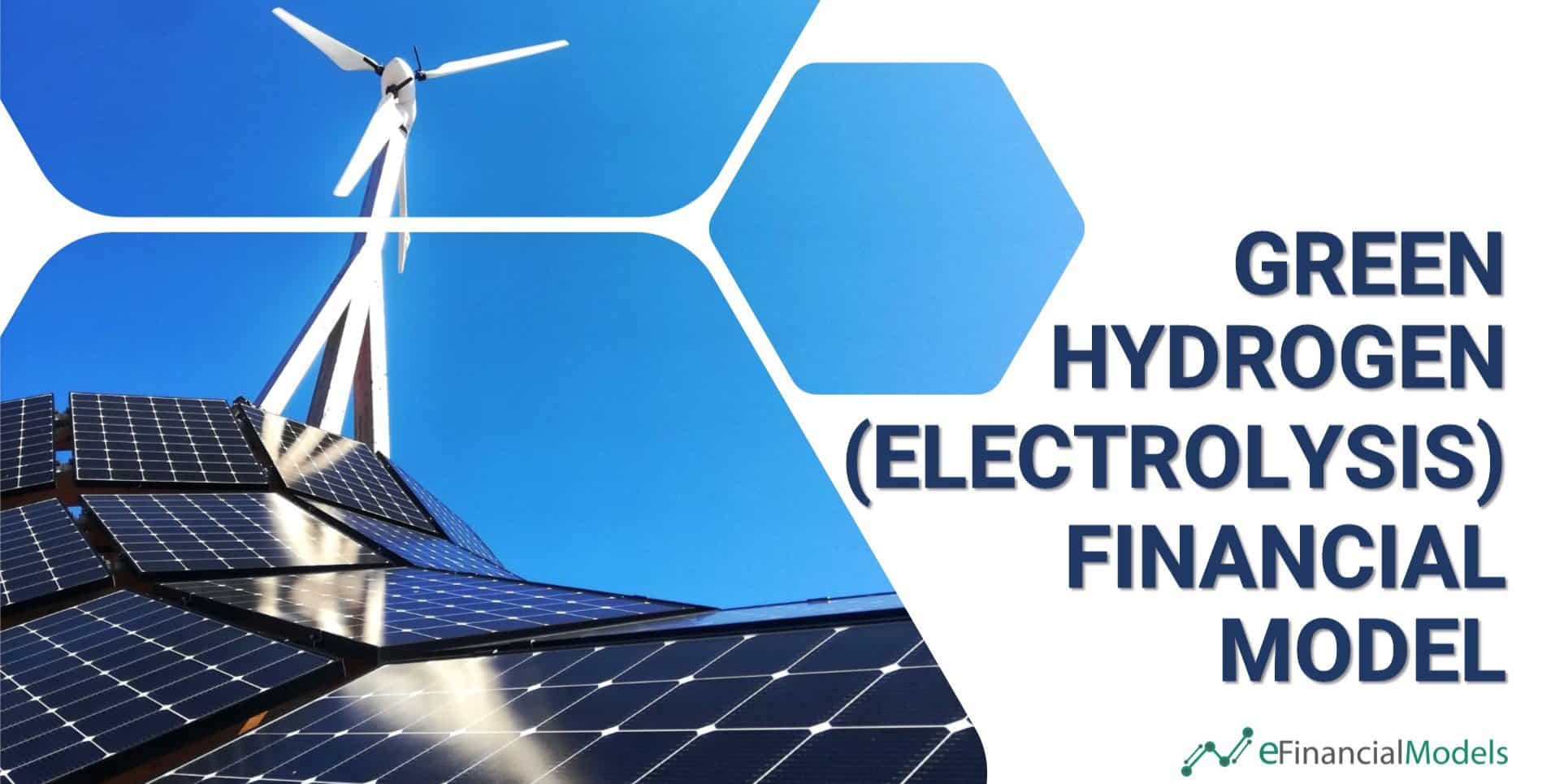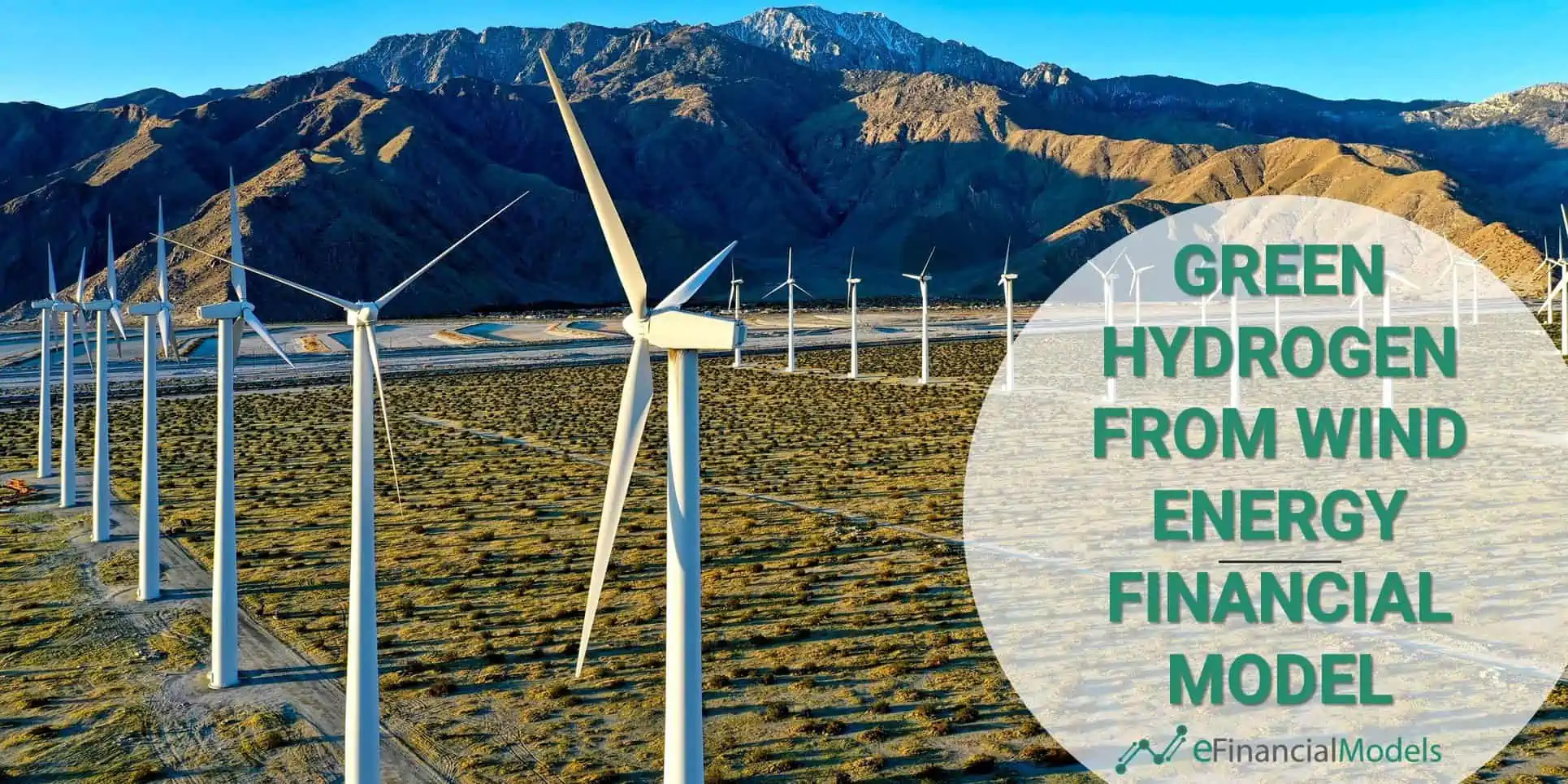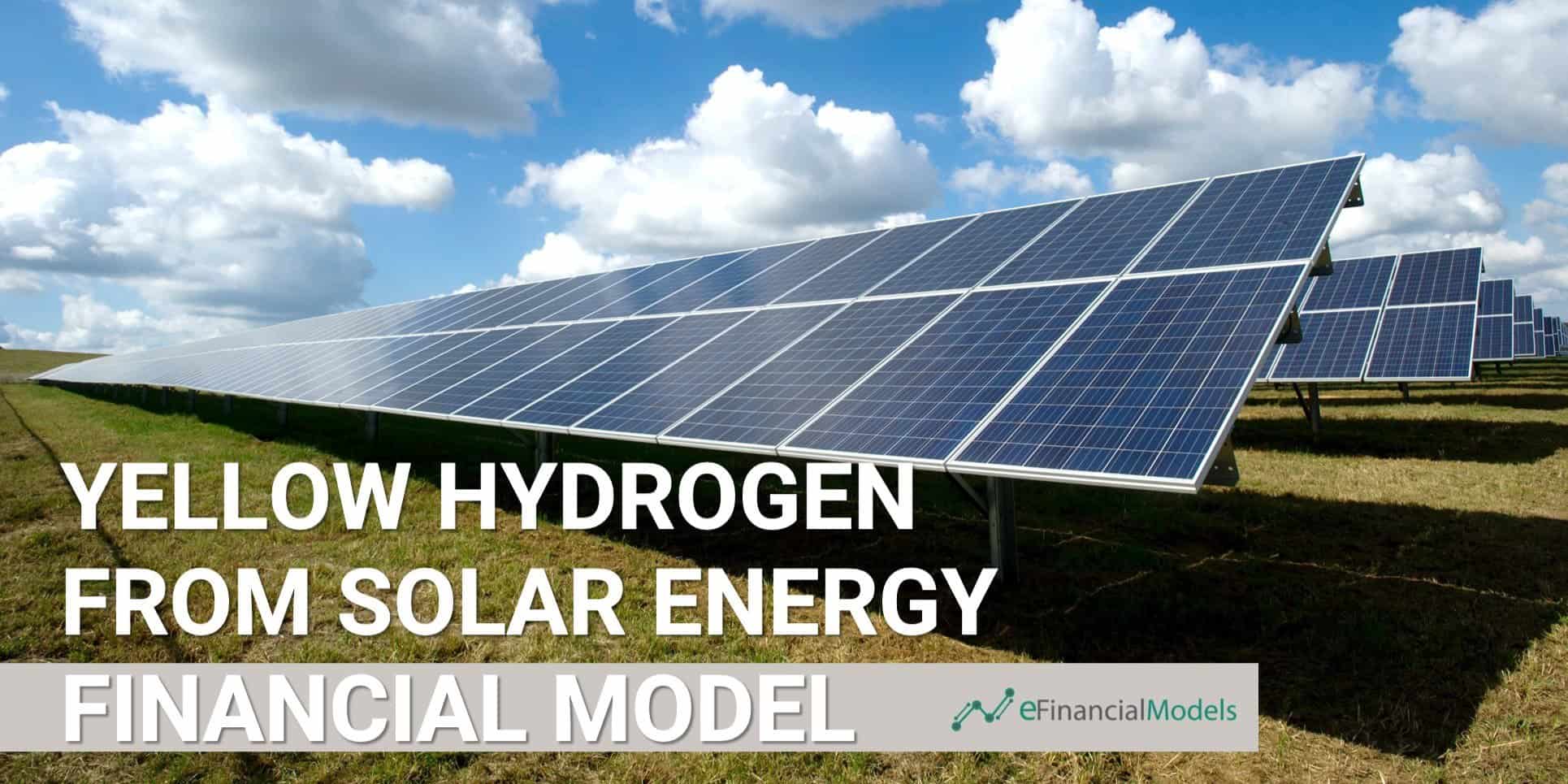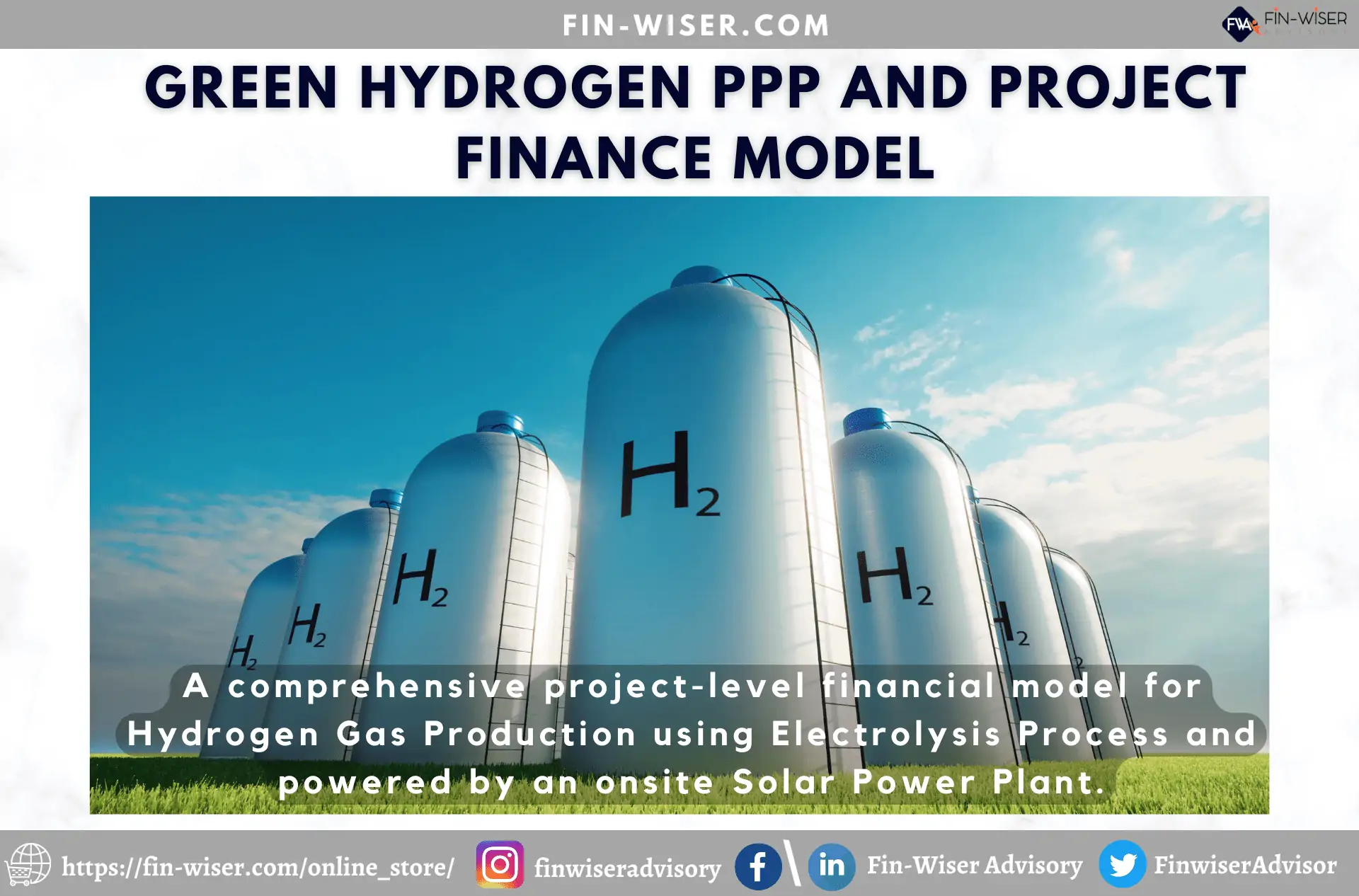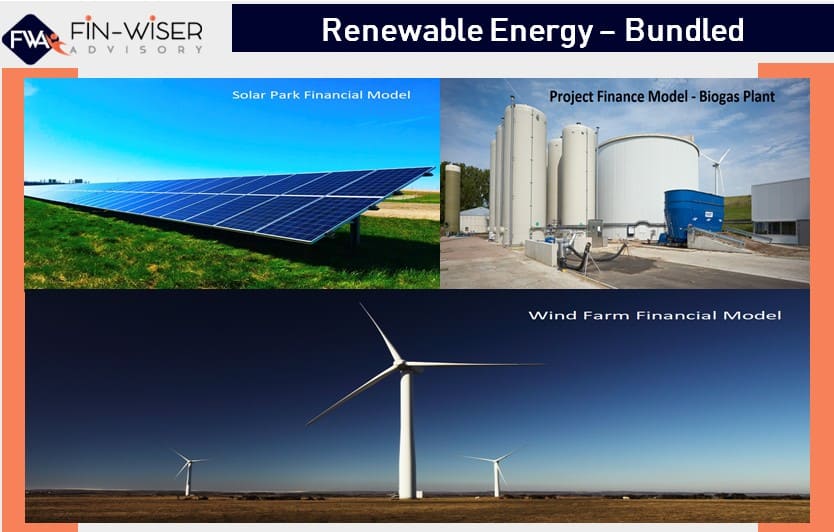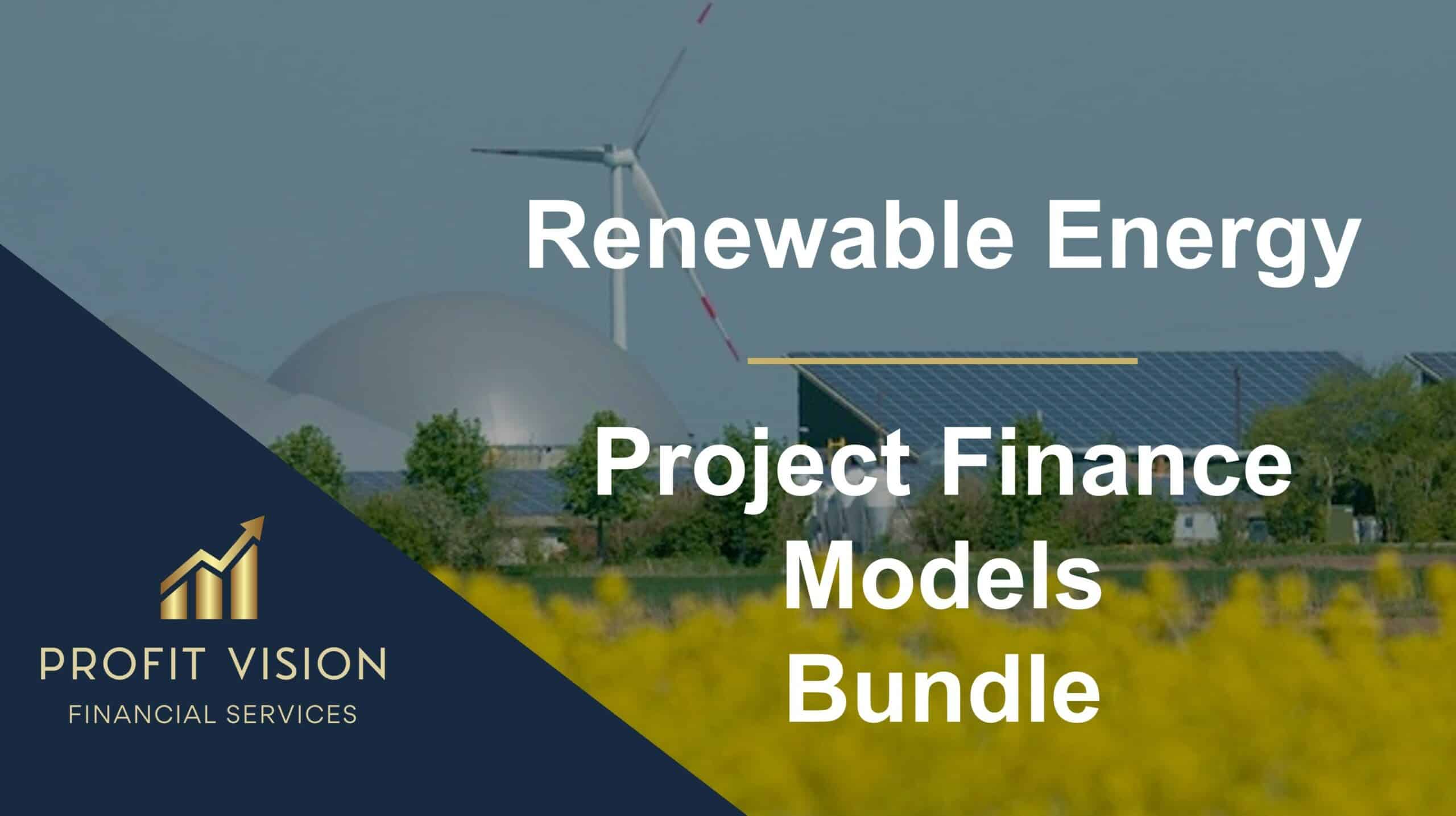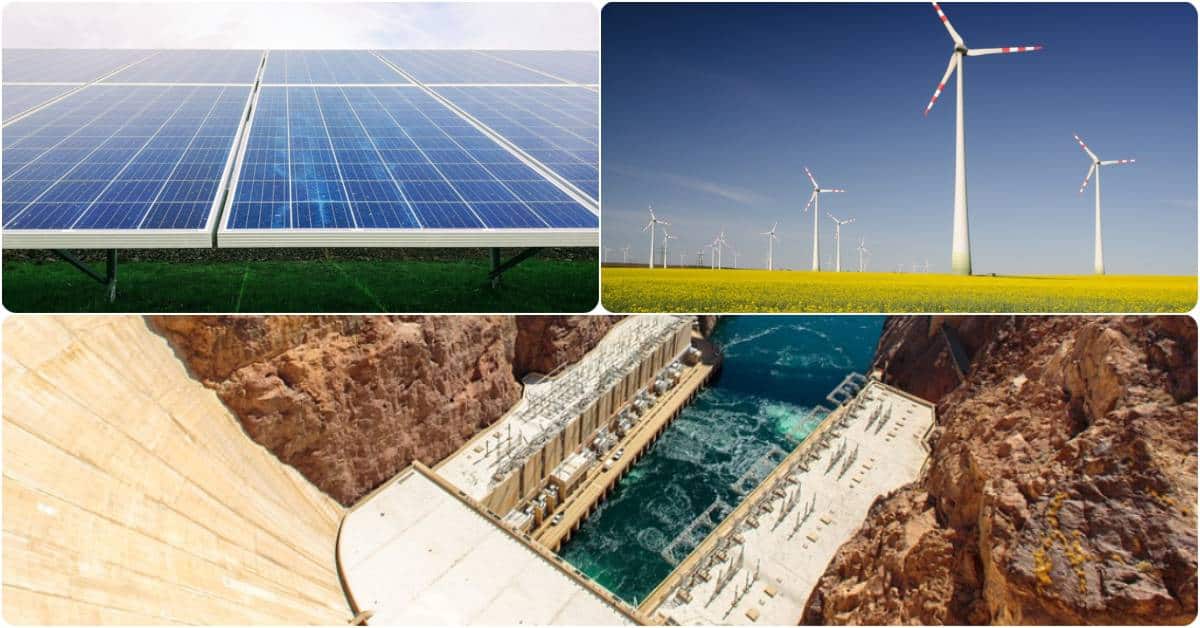Green Ammonia from Renewable Energy Financial Model
This comprehensive 40-year tool aid investors in evaluating potential risks and returns and assess the viability of setting up and investing in the production of Green Ammonia by producing Hydrogen from Renewable Energy Sources such as Wind Parks or Solar Farms. By forecasting production volume, revenue, costs of production, and cash flows, this financial model will help investors make well-informed decisions and increase their chances of success in the growing demand for the sustainable production of Ammonia and Hydrogen.

Considering that renewable energy sources are becoming more accessible and cost-effective, producing green ammonia from renewable hydrogen and nitrogen is an attractive investment opportunity as it offers environmental benefits by reducing carbon emissions.
With this comprehensive green ammonia production from renewable energy financial model, investors will be provided insights into the project’s financial viability, helping them identify the capital requirements, revenue sources, directly related costs to production, operational expenses, and potential return on investment.
The model enables the determination of required hydrogen, nitrogen, and electricity consumption to produce the green ammonia’s daily and yearly production capacity. Key performance indicators such as Levelized Cost of Green Ammonia or Hydrogen per kg or ton and key relevant financial metrics, including internal rate of return (IRR), minimum funding required, and the funding period, aids investors in optimizing their investment strategy, ensuring long-term success in the green ammonia production industry.
Please note, this model focuses on the production steps of Hydrogen and its conversion into Ammonia. The model will calculate how much electricity from renewable energy sources will be required but will not go into the details of electricity generation. For electricity generation, we recommend using a separate model to better understand the feasibility of Wind or Solar Parks.
Why prefer this Green Ammonia Financial Model Template?
The main reasons why this template will benefit your analysis are the following:
- Flexibility – The template allows using either 100% of the Hydrogen for Ammonia Production or only a Portion of it. This allows for a better understanding if the plant should produce Ammonia or Hydrogen only.
- Plant Sizing – Based on the required amount of Ammonia Production volumes per Day and the desired use of Hydrogen for Ammonia Production (among other assumptions), the model calculates the required Hydrogen Production Volumes and the Size of a Wind or Solar Park, proving the required electricity from renewable sources.
- Renewable Energy – The model assumes the purchase of electricity from either Wind, Solar, or any other renewable source at a certain price. This makes the model flexible to consider the use of different types of renewable energy and focuses the analysis on receiving an average price.
- Levelized Costs of Ammonia and Hydrogen – This allows users to understand the Levelized Costs of Ammonia or Hydrogen Production
- Two-Step and One-Step Production Processes of Ammonia – The Template splits the electricity requirements for the production of Ammonia into two, allowing the combination of Electrolysis and Haber Bosch Process in tandem. In case an alternative production method is used, which would only involve a one-step process, the model allows simple input assumptions for the use of one of the production steps.
- Units and Labels – The model enables users to identify the unit costs and labels for the following flexibly:
- Green Ammonia and Hydrogen – price per kg or ton
- Nitrogen Intake from Air – price per kg or ton of Nitrogen or Ammonia
- Electricity Measurement – MWp and kWp
- Advanced Tax Models – The Green Ammonia production plant can benefit from Tax advantages. The model includes an advanced tax model to consider the effect of various possible tax incentives for such plants.
- Detailed Financial Plans – The spreadsheet is designed logically, outlining the calculations of revenues and costs, which adds to the transparency and understanding of the model.
- Developer View – The Model also includes an analysis to consider the establishment of such a plant by a developer and potential exit to another Buyer upon commissioning of the plant. The model calculates returns for up to 5 shareholders involved either in the development phase or later in the buy-and-hold phase.
Green Ammonia Business Model Template Structure
This Excel financial model template has instructions and formulas that are simple and easy to follow, which allows users to run simulations by varying the input assumptions. The elements of this financial model template are enumerated below:
Instructions and Terms contain the cell color codes and the terms and abbreviations used.
Executive Summary and Detailed Summary present the charts and graphs to understand the business plan for Green Ammonia better and to answer significant questions such as:
- Will producing green ammonia and hydrogen result in profit?
- How much per kg or ton should green ammonia and hydrogen be priced?
- How much of the Hydrogen shall be converted into Ammonia?
- What is the required green hydrogen volume to produce green ammonia?
- What are the costs of converting hydrogen and nitrogen to green ammonia?
- What will be the size of the Ammonia and required Hydrogen Production? What will be the required size of Wind or Solar Parks?
This spreadsheet includes a 10-year summary of the following:
- Projected Green Hydrogen Production Financial Statements overview – Income Statement, Balance Sheet, and Cash Flows Statement.
- Levered and Unlevered Free Cash Flows calculating key financial feasibility metrics such as the Internal Rate of Return (IRR), Payback Period, Net Present Value (NPV)
- Uses and Sources of Funds and Debt Financing
- Levelized Cost of Green Ammonia or Hydrogen per kg or ton
- Investor Summary
- Green Ammonia and Hydrogen Production Summary
- Analysis of the Profit and Cost structure expressed as the cost per kg for either the production of Ammonia or Hydrogen, either for the Lifetime of the Plant or for a specified Year.
- Analysis of the required Use of Electricity and their expected Sources
- IRR Sensitivity Analysis
Assumptions that will translate this financial model into a business plan for green ammonia and hydrogen production:
- General Settings
- Currency
- Project Details – Name, Location
- Project Timeline – Green Ammonia Production Operation Years and Plant Lifetime
- Net Working Capital
- Inflation and Price Escalation
- Simple Tax Assumptions
- Advanced Tax Assumptions
- Production Tax Credits – Applied to Ammonia or Hydrogen Production Volume
- Investment Tax Credits (ITC)
- Green Ammonia Production Assumptions
- Green Ammonia Production Plant Capacity and Output
- Green Ammonia Production Method
- Ammonia Conversion Ratios – Hydrogen, Nitrogen, and Electricity Consumption
- Hydrogen Conversion Efficiency
- Green Hydrogen Production Assumptions
- Green Hydrogen Production allocation for converting Ammonia or selling Hydrogen
- Green Hydrogen Production Method
- Electricity Consumption
- Water Consumption
- Hydrogen Production Capacity
- Electricity Sources and Consumption
- Electricity Measurement – MWp or kWp
- Up to three Electricity Sources – i.e., Wind and Solar Energy
- Electricity Costs
- Estimated Installed Capacity – Wine and Solar Park
- Green Ammonia and Hydrogen Price – unit cost per kg or ton
- Other Income
- Direct Costs of Producing Green Ammonia and Hydrogen
- Employee Positions and Expenses
- Operating Expenses
- Capital Expenditures, CAPEX Schedule, and Maintenance per year
- Uses and Sourced of Funds
- Cash Reserve and Net Working Capital
- Debt Financing Schedule
- Loan Terms
- Repayment Schedule – Calculated or Manual
- Interest – Cash or Accrued
- Investors
- Equity Ownership and Investment Percentages
- Development (Phase 1) and Buy & Hold (Phase 2)
- Dividend Payout Assumptions
The Operating Model worksheet contains the operational forecasts for producing green hydrogen through electrolysis:
- Green Ammonia Production Volume
- Green Hydrogen Production Volume
- Electricity Allocation and Sources
- Price and Cost Inflation
- Green Ammonia and Hydrogen Pricing and Revenue
- Costs to produce Green Ammonia and Hydrogen – Direct Costs, Employee Expenses, and OPEX
- Fixed Assets Schedule – Initial CAPEX, Spending allocation, Maintenance, and Depreciation
Monthly Budget Allocation allows developing a monthly financial forecast for the green ammonia production plant for up to 5 years. This five-year monthly budget is formulated to start calculation from the selected first target year and operating month of the green ammonia production process. Using the monthly budget, users may distribute the monthly production target, annual revenue, and costs for the months that occurred using percentages. Also presented in this spreadsheet are the calculations of green ammonia production profit margins and the presentation of Monthly Free Cash Flows (Unlevered and Levered).
Financials contain the comprehensive calculations of the 40-year financial forecast planning and feasibility of the Green Ammonia Production from renewable energy:
- Financial Statements – Income Statement, Balance Sheet, Cash Flow Statement
- Financial Ratios
- Unlevered and Levered Free Cash Flows Statement, Funding Required, and Financial Metrics
- Green Ammonia Production and Hydrogen Sales Gross Profit Analysis
- Divided Policy Schedule
- Simple and Advance Tax Model Summary
- Levelized Costs of Ammonia or Hydrogen per kg or ton
Advanced Tax Models present detailed calculations of the State and Federal Income Taxes of the Green Ammonia Plant, considering the different tax rates and tax credits.
Debt Schedule is specially prepared to be presented to banks and investors for funding purposes. It contains financial ratios the banks and investors want to see when evaluating a project’s feasibility. The debt schedule summarizes the drawdowns and repayments based on the assumptions.
Investors’ Cash Flow is prepared to show the Equity Multiple and Investors’ IRR calculations, which helps determine if their funding and equity stake percentages during the Buy & Hold and Development Phases would result in profit.
Sensitivity Analysis determines how variables such as prices, expenses, and inflation affect the IRR of a chosen parameter. Users may select unlevered or levered IRRs or Investor IRR.
Converting Hydrogen to Green Ammonia or Selling Hydrogen?
This Green Ammonia Production from Renewable Hydrogen and Nitrogen financial template offers potential investors features that will help them develop financial projections to clarify the possible profit margins, the funding required, and the expected returns. The template can be essential when trying to analyze to either produce Ammonia or the selling Hydrogen from renewable Electricity generation sources.
This financial model also enables investors to analyze the effects of various scenarios to make necessary adjustments and optimize operations. Obtain your copy today to start making informed decisions based on data. This financial model template comes pre-filled with an example Green Ammonia production business forecast. The forecast can be easily changed by altering the blue and light blue assumptions.
The model, current version number 2.1, is available in three versions:
- Excel Version – fully editable Excel File, pre-filled with an example forecast.
- PDF Version – which outlines the details of the model structure.
File types: .xlsx (MS Excel) .pdf (Adobe Acrobat Reader)
Similar Products
Other customers were also interested in...
Green Hydrogen (Electrolysis) Production Financial...
This green hydrogen financial model template builds a multi-year financial plan to analyze the finan... Read more
Green Hydrogen Production from Wind Energy Financi...
The Green Hydrogen from Wind Financial Model aims to comprehensively forecast a horizon of 40 years ... Read more
Yellow Hydrogen from Solar Energy Financial Model
Deciding whether to invest or not in producing yellow hydrogen from solar energy, one would require ... Read more
Renewable Energy Financial Model Bundle
This is a collection of financial model templates for projects or ventures in the Renewable Energy I... Read more
Green Hydrogen Project Financial Model (Electrolys...
A Project-Level Financial Model to assess the financial feasibility of setting up and operating a Gr... Read more
Renewable Energy Financial Model Template Bundle
Take this opportunity and get a discount by getting the Renewable Energy Bundle where you get Solar,... Read more
Renewable Energy Financial Models Bundle
A collection of user-friendly Project Finance Models in the Renewable Energy Sector offered at a dis... Read more
Renewable Energy Financial Model
Comprehensive financial model designed for analyzing renewable energy projects, such as solar or win... Read more
Renewable Energy Template Bundle
This is a collection of selected renewable energy model templates which are set in a bundle which wi... Read more
Solar Energy Financial Model
The Solar Energy Financial Model Excel template forecasts the expected financials for a Solar Park p... Read more
Reviews
You must log in to submit a review.






















